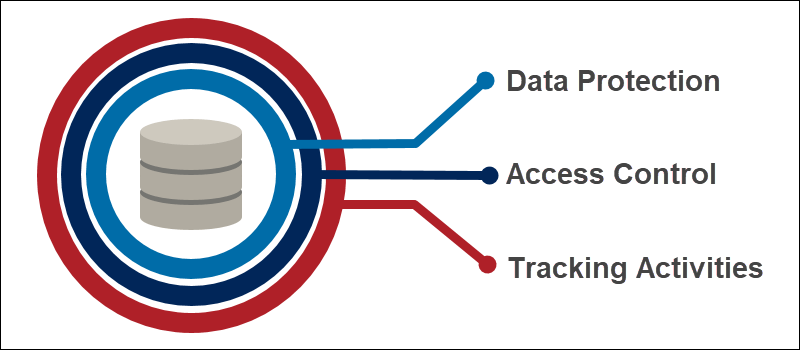Content Attributes
If a cyber attack is a modern metaphor for burglary, then data sets are the valuable goods. According to CNet, data privacy dominated cybersecurity conversations throughout 2021, and that trend has continued into 2022. As more and more businesses go online, data is becoming more valuable and, crucially, more widely available. There are huge payouts to be gathered from stolen data, whether that be identity fraud related theft or even corporate sabotage. With that in mind, databases are in dire need of protection to ward off the next generation of exploits.

A new standard
Currently, data is most frequently encrypted through a combination of data tokenization, masking and hashing. While all three methods have their benefits, a combination of them all is most effective in protecting databases – but also creates problems in implementation. Increasingly, all-in-one methods of encryption are becoming effective in protecting data.
However, US businesses have been reticent to invest. According to the World Economic Forum, a new attitude is needed. US businesses paid out 400% more in data ransom payments in 2021 when compared to previous years; arguably less than the cost of implementing a new encryption standard.
Better safeguards
Technology is only one part of the puzzle. In the USA, the patchwork nature of cybersecurity legislation makes privacy hard – and, by extension, data protection. The discovery of several high-profile, multi-layered attacks, embedded in US networks, has exposed this.
The New York Times recently asserted that the Californian approach, which gives strict legal guidelines over data protection, will bring the US closer to the approach favored in the EU and create far superior protections.
Getting ahead
It’s the opinion of Microsoft that cybersecurity threats are not only there to be met, but surpassed. A positive mindset, where the business or professional seeks to understand and pre-empt new threats before they can become problematic, is crucial.
This is especially salient in the current era, where the origin and types of data breaches are disparate in nature and complex in their structure. Foundational tools and legislation is the minimum needed to beat data breaches; taking it to the next level requires all-in collaboration.
That means businesses, IT companies and big tech coming together to work against the tide. There are 4,000 cyberattacks every day in the USA. Understanding that even one successful breach is a risk for everyone, rather than just the initial target, will help to foster a better data culture.



